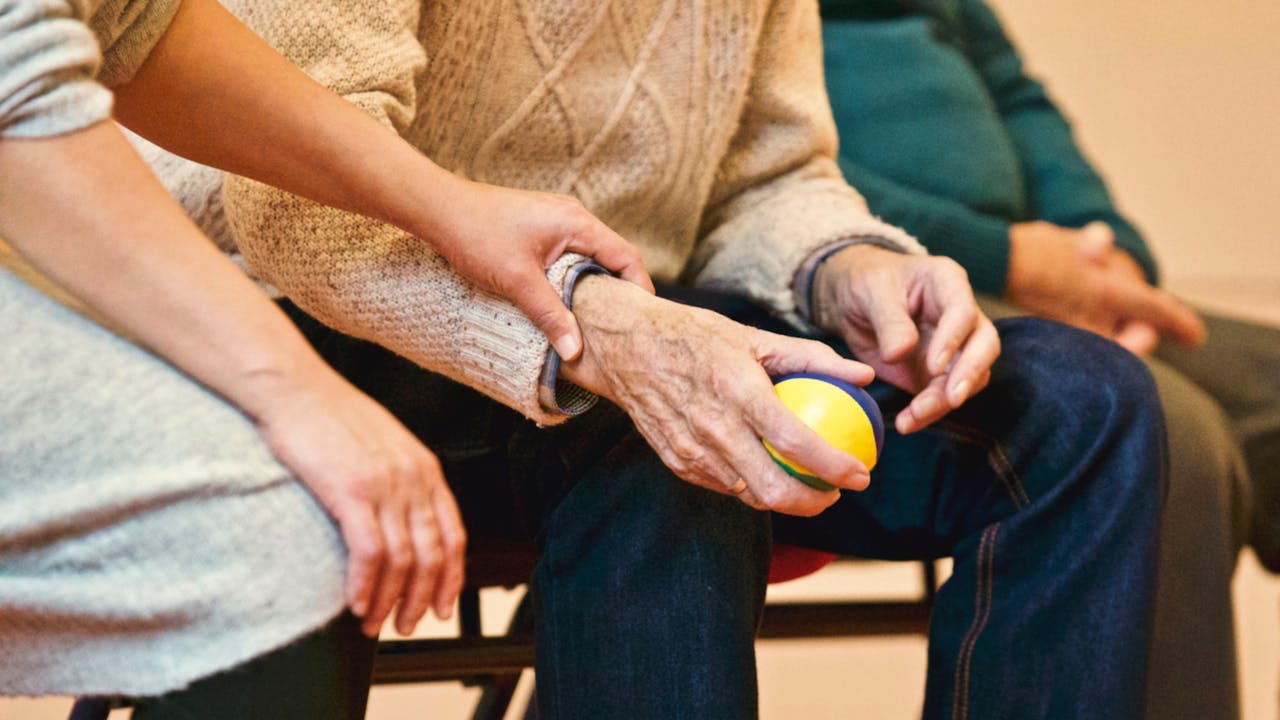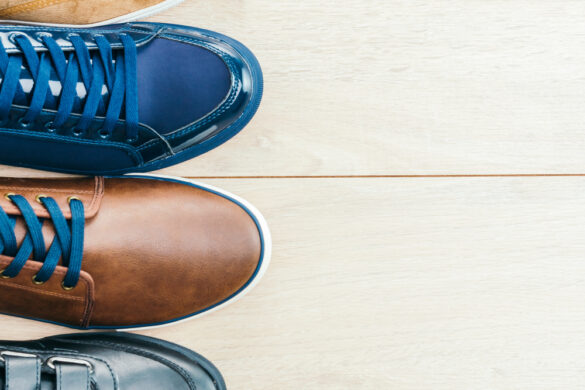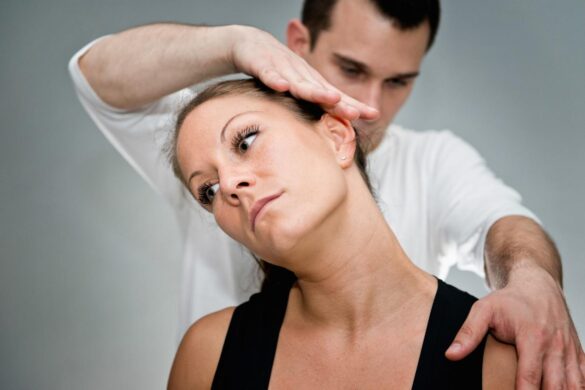 Caring for chronic wounds can be confusing at times only because there are so many types of wounds you may encounter as a caregiver. Every patient is different and they all go through varying kinds of illnesses which need unique support. The best way to care for your loved ones is by studying types of wounds and how to address them.
Caring for chronic wounds can be confusing at times only because there are so many types of wounds you may encounter as a caregiver. Every patient is different and they all go through varying kinds of illnesses which need unique support. The best way to care for your loved ones is by studying types of wounds and how to address them.
The following sections go through a variety of basic wound care tips. However, as mentioned above, each patient is different and if you feel like we missed something, don’t forget to check with their healthcare provider for more guidance. Make it a priority to avoid infection as that might elongate the healing process. Let’s get right into it!
1. Skin Tears: The Common Culprit
Skin tears are pretty common especially if you are caring for an older adult. These usually occur when you are trying to help them move when they need to use the bathroom, shifting them into a chair, or simply rolling them over on the bed and helping them move their limbs.
The best way to avoid such tears is to be as gentle as possible when assisting them with the movements. If you still notice some tears, or if you want to dress past wounds, don’t forget to use a high-quality non adherent dressing. This doesn’t stick to the wound bed and is a lot easier to remove during dressing changes. Remember, the less abrasive your dressing the quicker the wound will heal!
Additionally, we suggest avoiding any harsh soaps and monitoring the tear. If it doesn’t heal on its own don’t shy away from a visit to the ER!
2. Bedsores: The Recurring Enemy
Bedsores are perhaps just as common as skin tears simply because patients usually spend a lot of time resting in bed. These wounds are often unavoidable and they won’t go away if you don’t do something about it. In fact, they are known to get ugly real fast.
Sitting or lying in one position maintains a constant pressure against the bony parts of the body, typically the heels or the bottom. This can cause sores over time. These sores can also be attributed to constant moisture or rubbing against the chair or bed.
The best way to avoid these is to use specialized mattresses and cushions and change position at least every one to two hours depending on whether the person is sitting or lying down. Use pillows between legs and monitor for any discoloration that lasts longer than 20 minutes.
If you notice a bedsore, start by washing the area with a gentle cleanser (if the skin isn’t broken) and wrap it up in a specialized bandage (choose from a variety of gauzes, gels, films, foams, and treated coverings) to keep it moist.
3. Ulcers: Silent but Deadly
The reason we call ulcers “silent but deadly” is because people who have diabetes often don’t notice when they are forming an ulcer. It’s simply because of nerve damage which eventually causes a loss of feeling.
If you are caring for a person with diabetes, keep an eye on their feet. This is usually where diabetic foot ulcers appear. We also recommend providing them shoes that fit right and are comfortable.
Another type of ulcer, the venous ulcer, commonly occurs between the knee and the ankle. They result from higher blood pressure in the legs leading to swelling and fluid leak from the skin. This also requires careful monitoring and exercising the leg muscles regularly to increase blood flow.
Choose a bandage that allows wounds to stay moist in case of ulcers. If the wound fails to heal for more than three months, reach out to a doctor immediately.
Put Your Oxygen Mask on First
It is essential to take care of yourself so that you can take care of your loved ones. Acting as a caregiver for a family member can be tough both physically and emotionally. Don’t forget to reach out for help whenever you need it.
Even with the best care at home, there may come a point when your loved one needs special care. Don’t hesitate to visit a professional and discuss your options! We wish you the best of luck!

